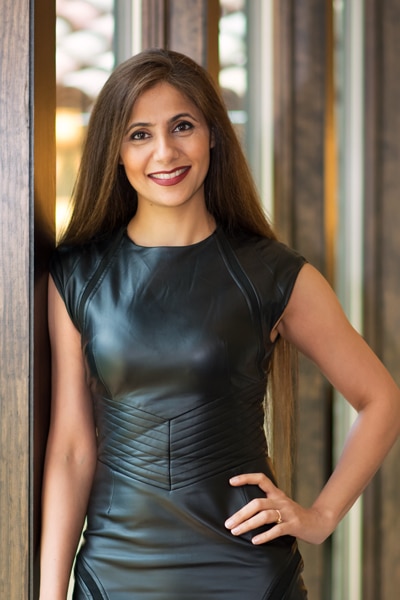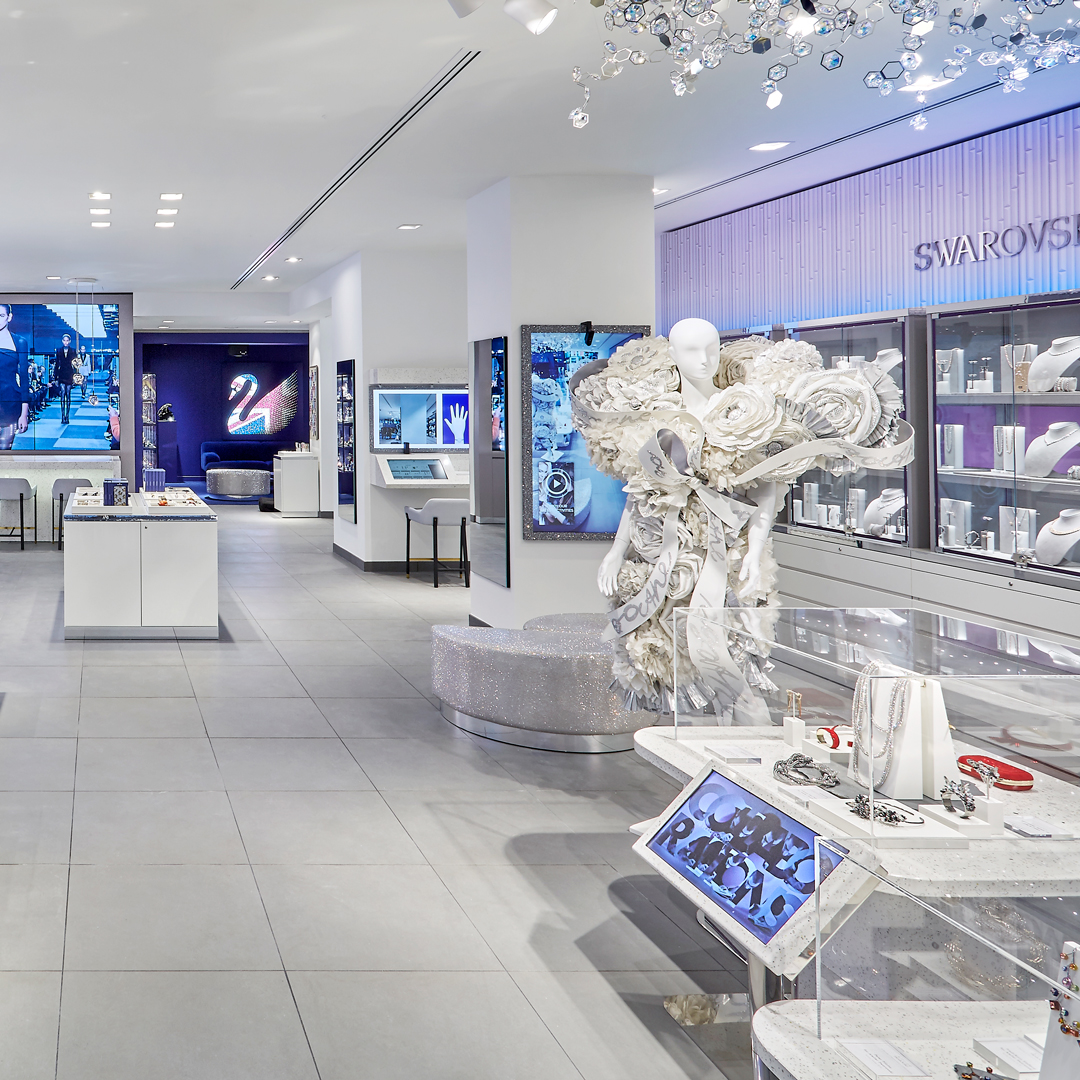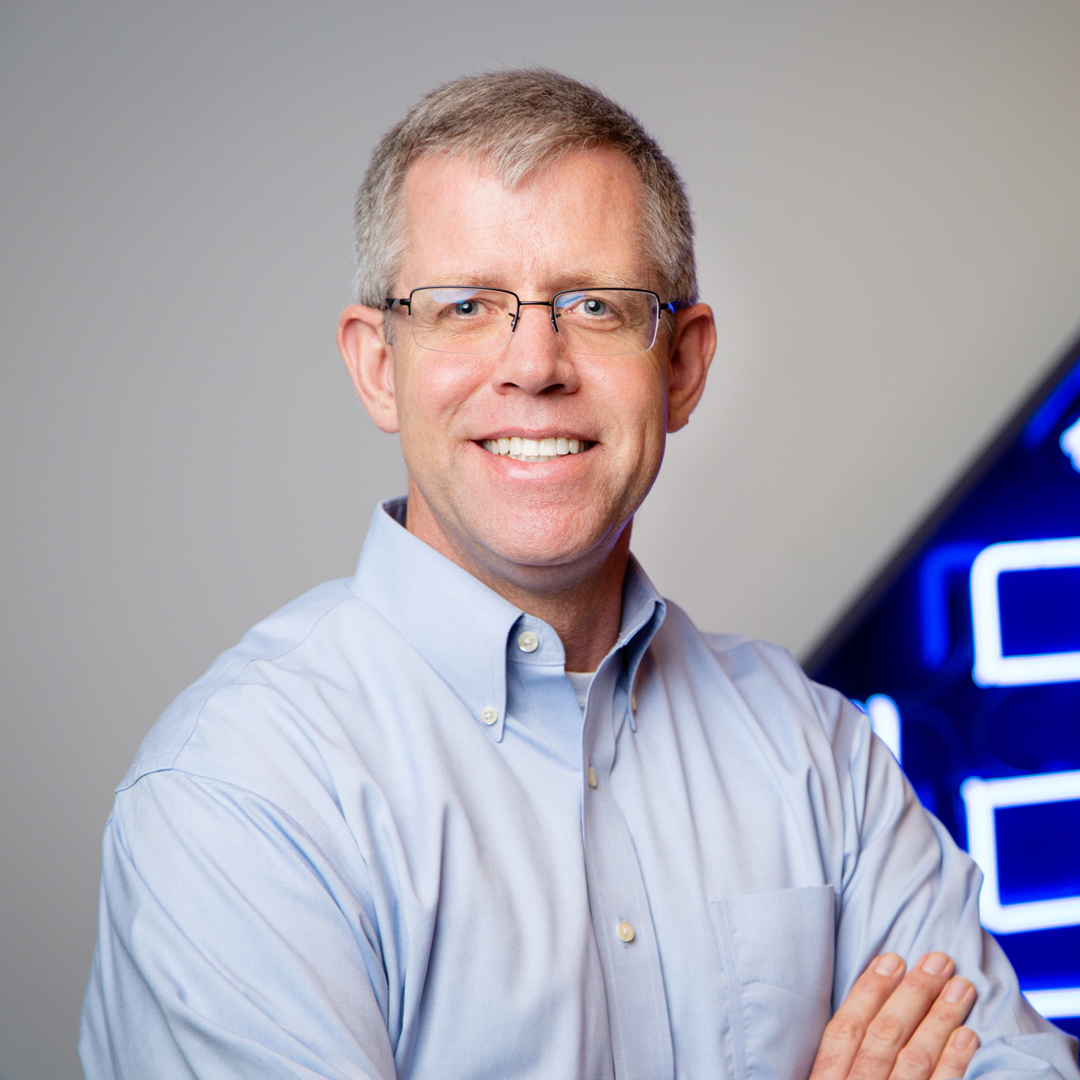Northern California’s Silicon Valley is one of the most affluent regions of the country, with expensive homes to match. The area is populated by younger tech professionals and their families, who can afford seven-figure properties in a high-demand market—and often those prices are for decades-old homes, before renovations.
Working on both the renovations and plenty of new builds is Malika Junaid, who cofounded the Los Altos firm M Designs Architects, in 2002, with Alpheus Jessup. The two principals have a rich background in commercial and even ecclesiastical projects, but the majority of their recent work has been in residential design. The homes and renovations of Midcentury Modern (MCM) relics they’ve designed in towns such as Los Altos Hills, Sunnyvale, Menlo Park, and Palo Alto are luxe—but they also include unexpected sustainable features that often don’t add prohibitively to their already-substantial costs.

For instance, many of the homes that Junaid has worked on have been built and sited with natural light exposure in mind, with automated shades and louvers. Several also have rainwater harvesting and gray-water circulation, along with location-based smart irrigation systems that self-regulate based on the weather forecast. And most of the homes that Junaid has worked on in the past 10 years are free of mechanical air-conditioning; whole-house fans and room fans do the job instead. “In the Northern California climate, you can avoid air-conditioning,” says Junaid, who grew up in Karachi, Pakistan, before coming to the US to study. “You can make a second floor AC-ready, if that’s what they want eventually, but people shouldn’t be slaves to extra costs. Sustainability is also a financial issue.”
The conversations Junaid has with clients around all aspects of a design—particularly with transplants from other parts of the world, where the climate may not be so kind—requires her to pull out some extra tools from her tool kit. “You have to be a therapist,” she says. “Particularly on the residential side, I can relate to a lot as a female architect. I can think a lot about what’s going on in their lives.”
Her well-compensated tech sector clients tend to be under 40, many with children or who plan to have children soon. “I ask, ‘how will you grow in this house,’” she says. “We also have to discuss resale value and point out future issues with a home.”
The firm even has experience renovating and modernizing Eichler Homes, of which there are approximately 11,000 on the West Coast, including a generous number in the Bay Area. The Eichler MCM developments were a way to bring higher-end design to the masses, with open floor plans, exposed posts and beams, flat or low-sloped roofs, and floor-to-ceiling windows facing away from the street. Their current owners expect Junaid to balance the homes’ historic design with the needs and expectations of 21st-century living.
“Eichlers can be remodeled elegantly, but a great deal of attention must be paid to the details to maintain the midcentury design philosophy the Eichlers are appreciated for,” Junaid says. “The radiant-floor systems still work in many, and they are well built, with huge windows, high ceilings, and open floor plans that are great for families.” She has added second stories to some, but she says the homes do their best when staying true to their original concept.
Each of M Designs’ renovations and new builds—including commercial and multifamily structures it has designed—must conform to California’s stringent building codes. Junaid says it was actually harder to be green ten years ago, though, before the codes standardized energy, water, resiliency, and other environmental features.
Additional challenges today stem from the area’s construction labor shortage, which has been made even worse by the wildfires ravaging Northern California because potential workers are drawn to firefighting instead. The resultant rising construction fees can cause buildings to cost as much as $500 per square foot in the end.
Still, that doesn’t deter sales of homes in the region. And, it further encourages cost-saving sustainable solutions in both residential and commercial structures, including the recycling of grey water, the capture of rainwater, green roofs, the use of solar energy, and battery packs to store excess energy from solar paneling.

“Another area that adds a great financial and sustainability value is smart-home automation,” Junaid says. “Having the ability to turn on lights, set optimal scenes, and lower shades based on time of day can contribute a great deal toward saving costs. Additionally, the ability to control all devices with a smart phone or smart watch adds a tremendous amount of convenience to a client’s lifestyle.”
She works with a number of outside vendor partners to incorporate such innovations. “Malika understands how important it is to blend connected home technologies into the overall design of a home,” says Joe Lautner, vice president of strategic solutions at Nortek Security and Control. “The key is to include the technology integrator early on in the process, to ensure all the project’s objectives and client interests are met.”
But, that’s not to say every eco-friendly bell and whistle belongs in every structure. During a recent conversation with a client couple—a rare pair of empty nesters—Junaid dissuaded them from installing greywater recycling for landscape use. “They are travelers,” she says. “Their use of water would be insufficient for the landscaping.” Instead, she suggested an efficient, smart weather-forecasting irrigation system and lights and appliances that can be monitored and controlled remotely.
Even in a region that has few barriers to technological and environmental innovation, it’s still human-to-human conversations that sometimes surface the smartest ideas.


